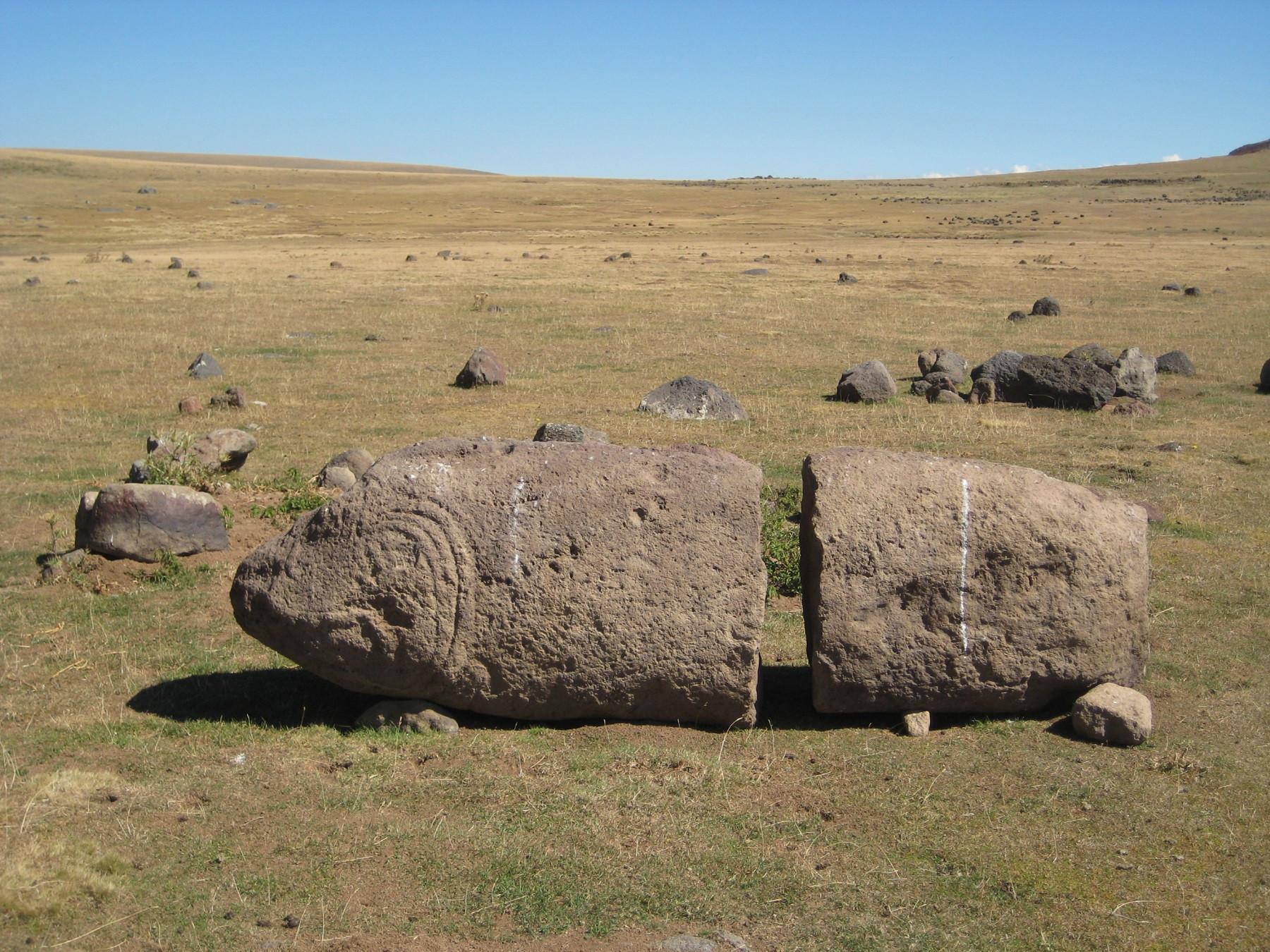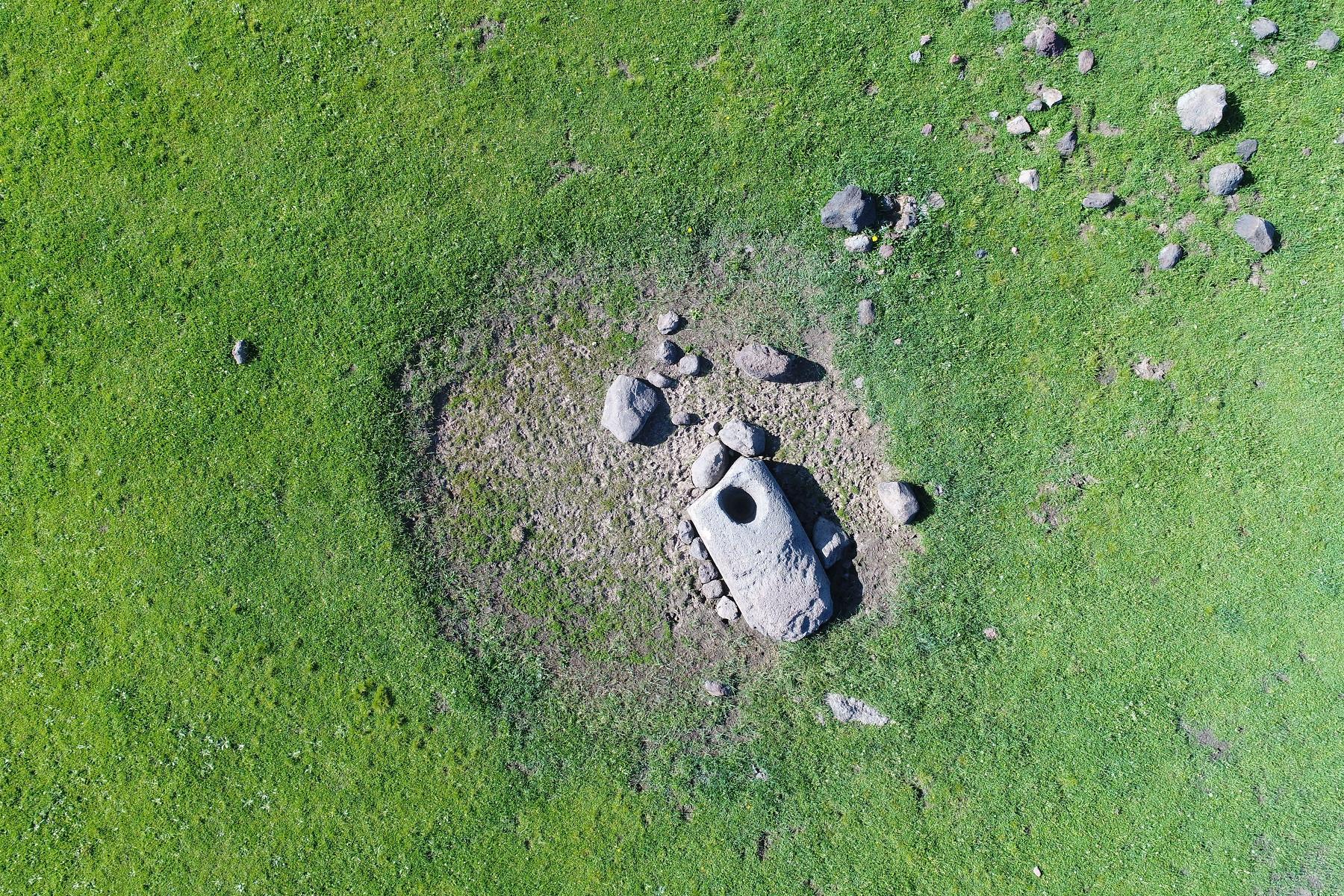
UNESCO Approves Inclusion of Armenia’s “Vishap” Stone Monuments in World Heritage Tentative List
UNESCO has approved Armenia’s application to include the Tirinkatar archeological site and the country’s “vishap” (Armenian for “dragon”) stone monuments in the organization’s tentative World Heritage list.
The 46th session of the UNESCO World Heritage Committee is taking place in New Delhi from July 20 to 30.
A Tentative List is an inventory of those properties which each State Party intends to consider for nomination.
Harutyun Vanyan, head of Armenia’s Department of Historical and Cultural Monuments Protection is participating as the coordinator of the convention.
The “vishap” monuments (stela) are upright monuments containing information in the form of texts, images or a combination of the two.
They are two- to five-meter-high basalt stelae, which are unique among the stone stelae of the ancient world because of their unparalleled animal iconography and peculiar locations. Vishaps are either sculpted in the form of a fish (the piscis kind) or carved as if a bovine hide with head and extremities was draped over them (the vellus kind).
Currently, some 150 examples of these monuments are known. As a rule, they are in secluded, water-rich, high-altitude meadows in the unforested mountains, some 1200-3200 m above sea level.
Their highest concentration (ca. 120 examples) has been detected on Mt. Aragatz, in the Geghama, Sevan, Vardenis and Syunik mountains of Armenia. The limits of their macro-regional distribution are the Lake Van region in the south, the Trialeti mountain range in the north, the Erzurum region in the west and the Sevan mountain range in the east.
The most significant high-altitude site with “vishaps” and related archaeological monuments is Tirinkatar (Armenian for “Height of the God Tir”). It is an over 370-hectare vast archaeological site located on the southern slopes of Mt. Aragatz, at an altitude of 2700-3100 m above sea level.
See: The Vishaps and the Cultural Landscape of Tirinkatar
This is the fifth property registered by Armenia in the tentative list of UNESCO's world heritage. The first four were registered in 1995. They are the ancient site of the city of Dvin, the basilica and archeological site of Yererouk, the Noravank Monastery and the upper Amaghou Valley, the Tatev Monastery and the Tatev Desert and adjacent areas of the Vorotan River Valley.
The cathedral and churches of Etchmiadzin, the Zvartnots archeological site., the monasteries of Haghpat and Sanahin, and the Geghard Monastery and Upper Azat Valley are registered in the UNESCO World Heritage List.
 Videos
Videos Photos
Photos



Write a comment